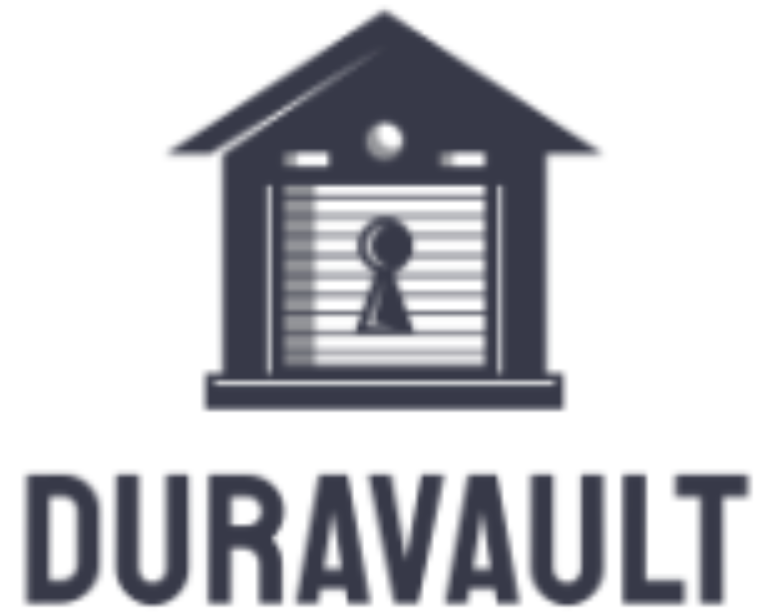Trusts Can Shape our CDR Future
Harvard University was founded in 1636, almost 400 years ago. It was named for a minister, John Harvard, who donated half his estate and his entire library of 400 books. Thus began the predecessor of the formal Harvard Endowment, a set of assets intended grow, and to provide long-term financial resources in support of the University’s mission.
Harvard is not alone among long-running institutions. The University of al-Qarawiyyin in Morocco was founded in 859 and is cited by some as the oldest in the world. Others cite the University of Bologna in Italy. The Catholic Church dates back to the time of Jesus.
All of these institutions rely on long-term assets–like John Harvard’s books–to ensure their permanence. The assets are sometimes organized into financial “endowments” or “trusts”. Trusts can “perform,” providing regular interest, dividends, or capital gains on a sale. The institution spends a portion of these gains to support regular operations and longer term capital projects. They also provide confidence that additional resources are available in the future if needed. If a trust is managed effectively, it can help the institutions weather storms that inevitably arise to challenge the institutional mission.
In Carbon Dioxide Removal (CDR) the long term mission of most producers is to ensure the “Durability” of their work. Beyond underlying scientific principles that point towards “Permanence,” producers want to minimize and overcome the negative effects of any adverse events that might arise, like floods, fires, tectonic activity, and even climate change.
In Direct Biomass Storage (DBS) we take four steps to ensure durability. The first three include:
Maximizing our long-term legal rights to access and manage land where DBS facilities exist;
Designing, deploying and maintaining a continuously-improving MRV system that detects potential reversal events.
Actively manage the facility by monitoring and addressing any reversal event, and maintaining replacement insurance in the remote case that reversal events DO occur.
Tying it together, the FOURTH step is to collect, manage, and grow a trust that funds the above three activities. The trust must be large enough that spending only a small portion can fund these activities each year, for hundreds or even thousands of years.
DuraVault serves as a service provider to the Direct Biomass Storage industry. Its sole mission is to ensure Durability for Direct Biomass Storage projects. Following the four steps–Legal, MRV, Management, and Trust–it provides assurance to regulators, auditors, investors, and buyers that DBS credits are highly durable and high quality.

